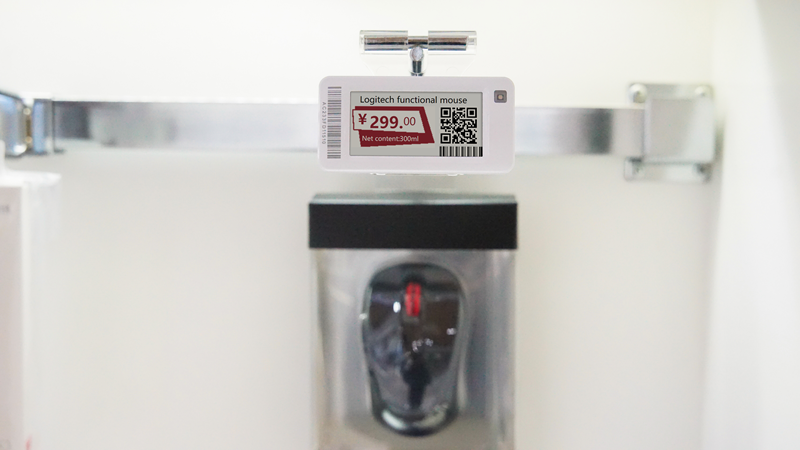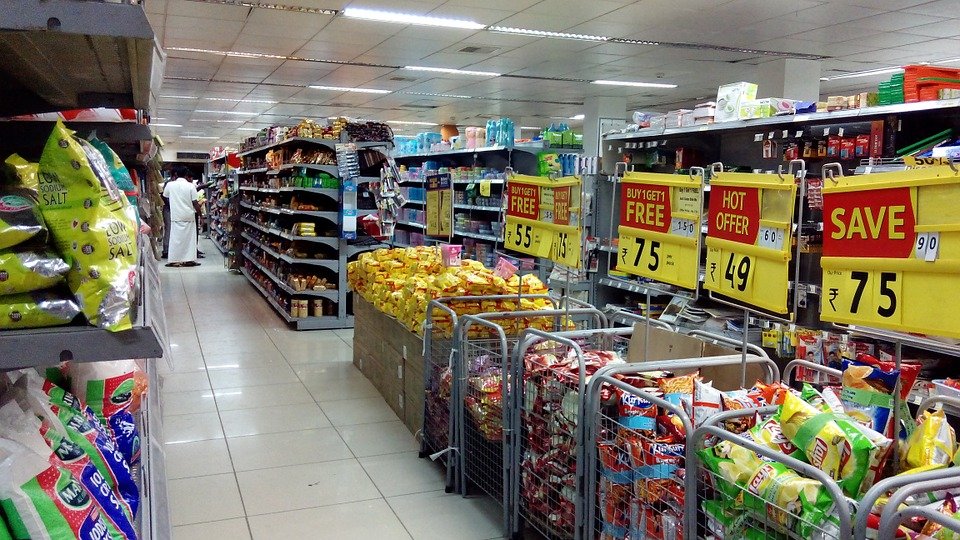Dynamic pricing is not a new concept. Retailers have been using it for years now. But it's seen a surge in recent years thanks to the rise of e-commerce and the increasing prevalence of AI-powered pricing tools. But what is dynamic pricing and how to do it? Let’s find the answer in this post.

What is Dynamic Pricing?
As Wikipedia explained, Dynamic pricing, also known as surge pricing, demand pricing, or time-based pricing is a pricing strategy in which businesses set flexible prices for products or services based on current market demands. It is popular in several industries such as hospitality, tourism, entertainment, retail, electricity, and public transport. Each of them takes a slightly different approach to dynamic pricing based on its individual needs and the demand for the product.
Then why dynamic pricing becomes popular in those industries? What about its advantages?
Benefits of Dynamic Pricing
Dynamic pricing allows businesses to adjust the price of a product or service based on current market conditions. Dynamic pricing can be used by any business to increase revenue and profits while meeting consumer needs. There are many benefits of dynamic pricing, including lower prices, more sales, and more profit margins.
Lower Prices
Dynamic pricing allows you to offer discounts or promotions that reflect market conditions. For example, if you're a retailer with seasonal products like clothing or toys, you can offer discounts during slow periods or holidays when demand increases. If your business sells services such as plumbing repairs or landscaping maintenance services, then dynamic pricing allows you to offer lower rates when there's less work available (such as during the winter months).
More Sales
Dynamic pricing allows you to offer special incentives for consumers who want to buy now rather than later or for those who are willing to pay extra for premium products or services. For example, if consumers feel that a product is in short supply or will be soon discontinued (like an exclusive edition model), they might be willing to pay more than the list price for it.
Attract More Shoppers
Dynamic Pricing allows retailers to differentiate themselves from their competitors by offering better deals than their competitors do so that they can attract more shoppers and increase customer loyalty among existing shoppers who tend to stick with retailers who consistently offer better deals than others.
Flexibility
Dynamic pricing gives you the flexibility to change your prices whenever you want. You can change your prices depending on how much inventory you have or how well your item is selling now. This will help increase sales by ensuring that you always have stock available when customers want it, as well as keeping items priced competitively high enough to attract more customers into buying them.

What Industries Benefit from Dynamic Pricing?
Dynamic pricing helps businesses sell more products by matching supply and demand, which can be difficult to do manually. In addition to helping businesses increase sales volume, dynamic pricing can also help improve customer satisfaction by allowing them to save money when they buy products at low prices.
Here are some of the industries that should use dynamic pricing:
Retailers
Retailers use dynamic pricing to increase sales volume and profits. Dynamic pricing allows retailers to offer discounts on popular items during slow periods, which encourages shoppers to spend more money on other items instead of leaving empty-handed. Retailers also use dynamic pricing to increase their margins when demand for an item is high by charging more for it than they would normally charge.
Hospitality
Hotels and restaurants use dynamic pricing to maximize profits by offering lower rates during slow periods and higher rates during busy times. These types of businesses may also offer better deals during off-peak hours so that customers can save money while still getting a good night's sleep or enjoying a delicious meal at an affordable price.
Travel & Tourism
Dynamic pricing allows travel companies to offer discounts for flights or hotels at off-peak times. This encourages more people to book during slow periods and creates more revenue for companies during busier periods.
Food & Beverage
Restaurants often price their menus based on demand so they can manage staffing levels appropriately while still maximizing profits without overpricing items when people want them most (e.g., burgers after work).

Why Use Electronic Shelf Labels for Dynamic Pricing?
With ESLs, you can easily change prices and promotional offers on your products with just one click. This means that you will not have to waste time physically changing prices or promotions on physical shelves. This also reduces errors in changing prices or promotions because there is no risk of human error when doing so manually. Additionally, there are no hidden costs associated with using ESLs as they are fully automated and require minimal maintenance during use.
Other than changing prices and promotions on your products, Electronic Shelf Labels can also provide other information to customers such as nutritional information or how much sugar or salt is contained within a product. This additional information helps to provide more value for money for consumers and make them feel more comfortable with buying.
Electronic Shelf Labels are cost-effective because they only display information that is relevant to each product, and they don't require additional staff members or machinery to operate them.
How To Use ESL for Dynamic Pricing?
When you want to change your prices, you simply go into your online dashboard and update them there (this process takes only a few seconds). Once updated, they will automatically update all your stores within minutes.
Choose an appropriate font size and color scheme
Your customers will judge your store based on how easy it is for them to read from a distance. If they can’t find what they want quickly because their eyes aren’t good enough or because you didn’t use large enough letters on your ESL, then they may leave without buying anything at all! Make sure that you chose MinewTag ESL which provides paper experience and high readability to all customers.
Businesses can change prices based on algorithms for dynamic pricing that consider competitor pricing, supply and demand, and other external factors in the market.
So, in the end, those systems can be implemented with the help of Electronic Shelf Labels (ESL). The ESL system can do everything and offer the best pick-to-light system and dynamic pricing options. MinewTag offers the latest and updated ESL with modern technologies and an ESL cloud system. MinewTag’s ESL can help you in implementing dynamic pricing and warehouse management.











